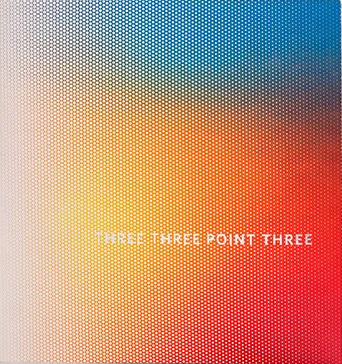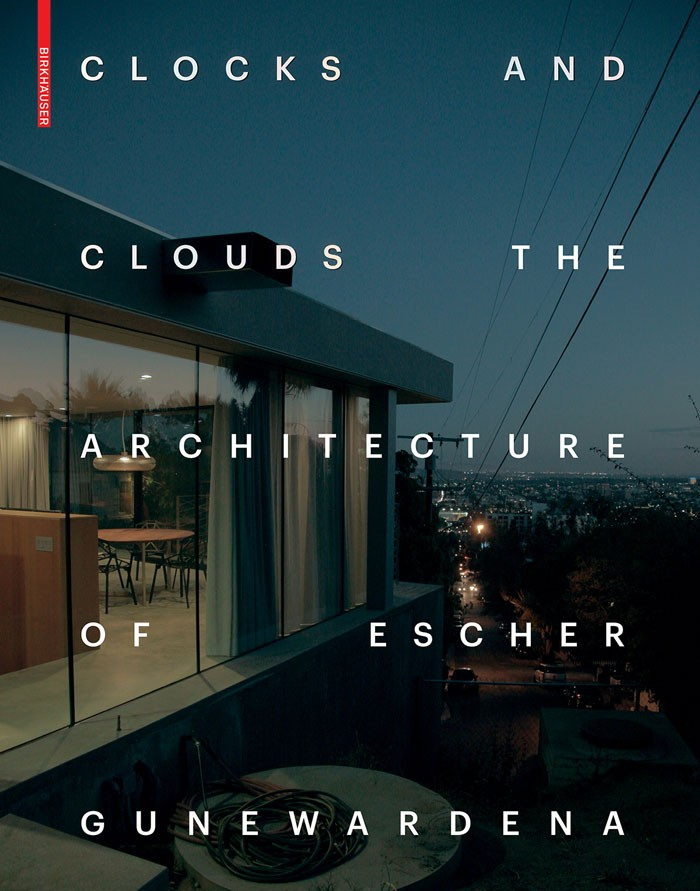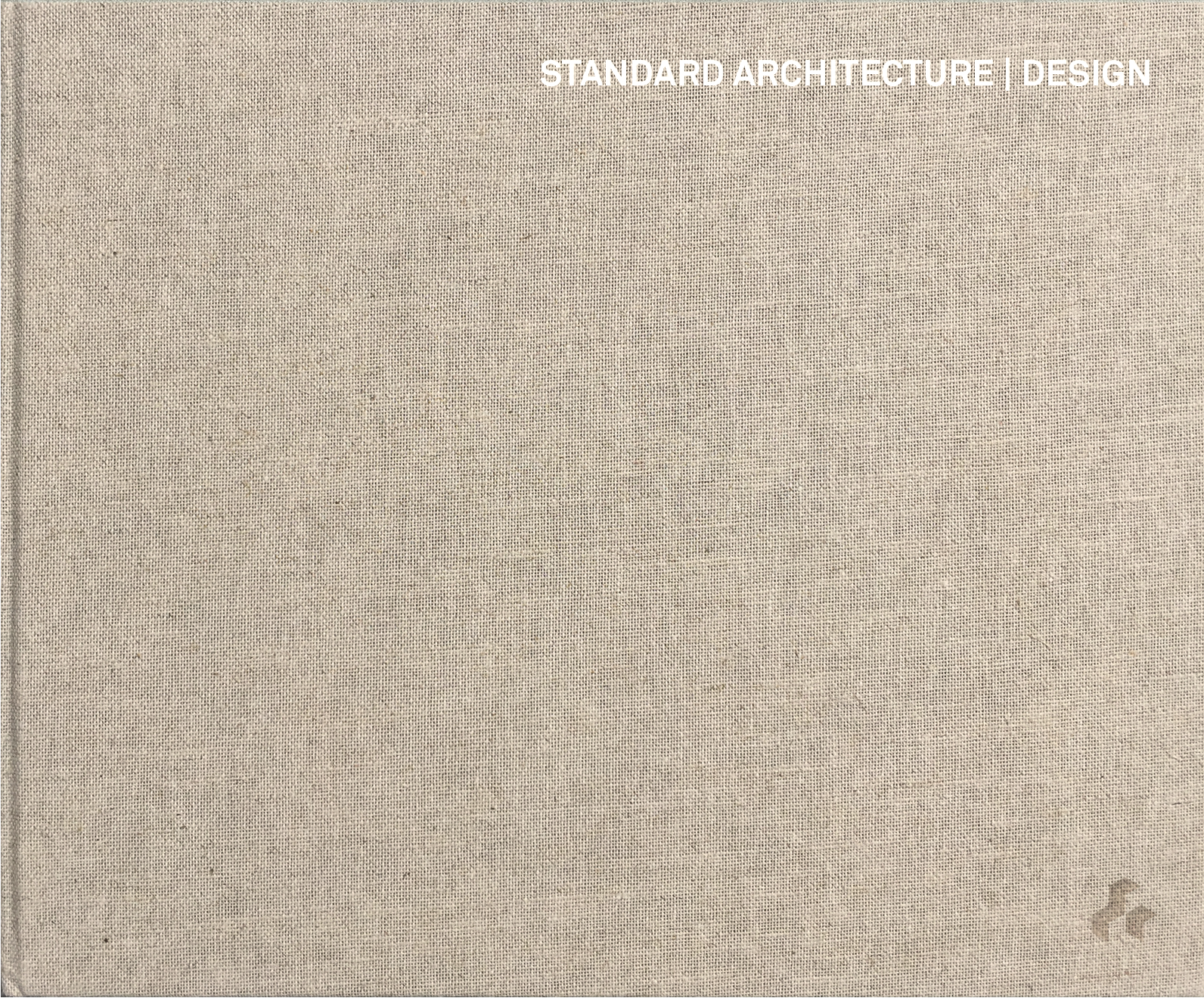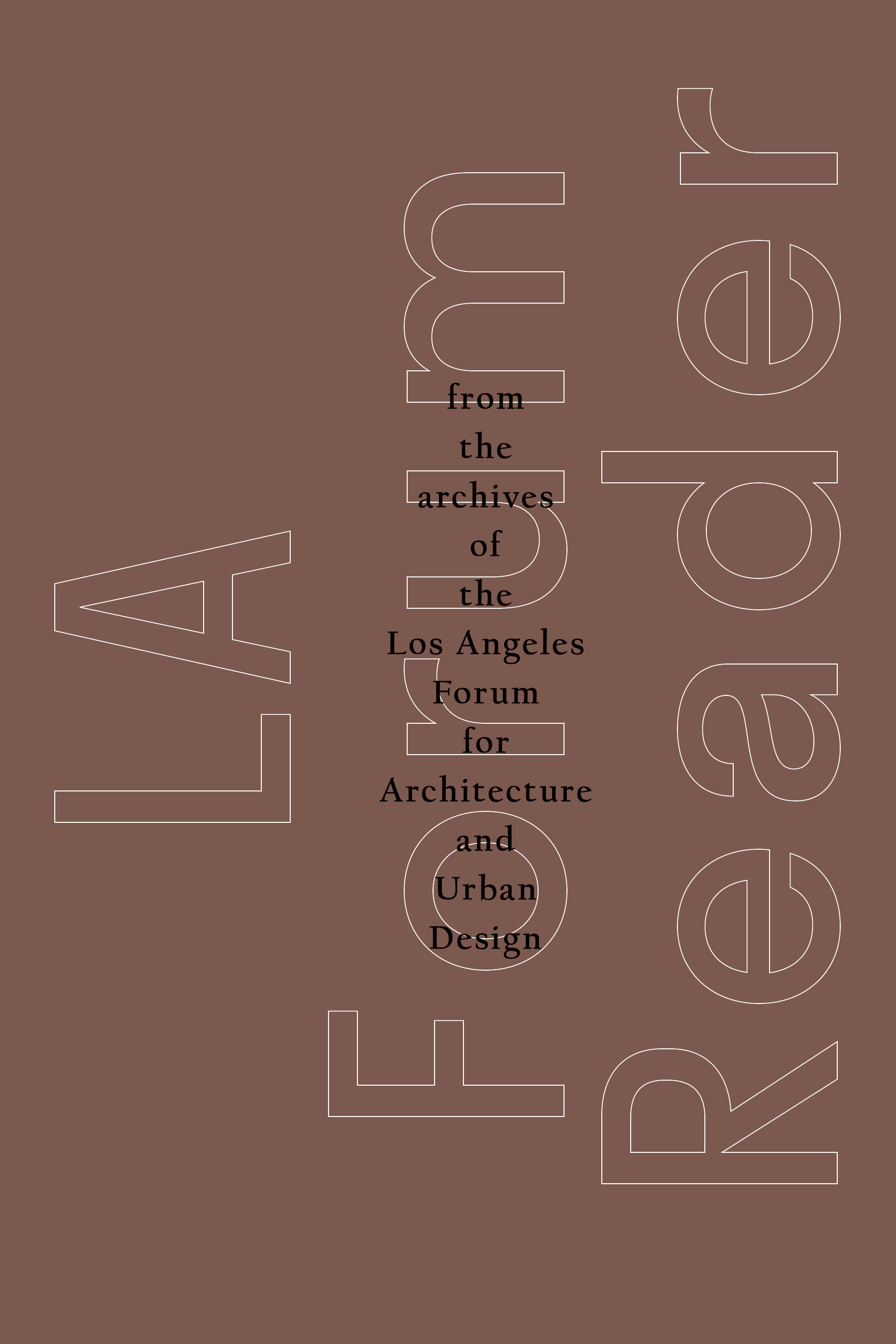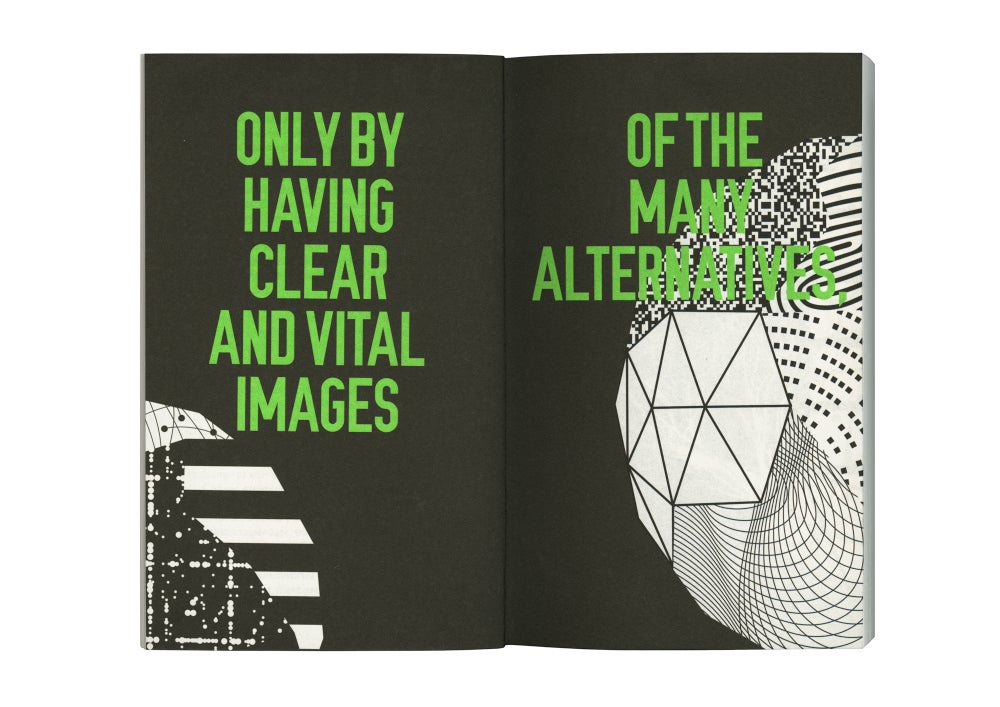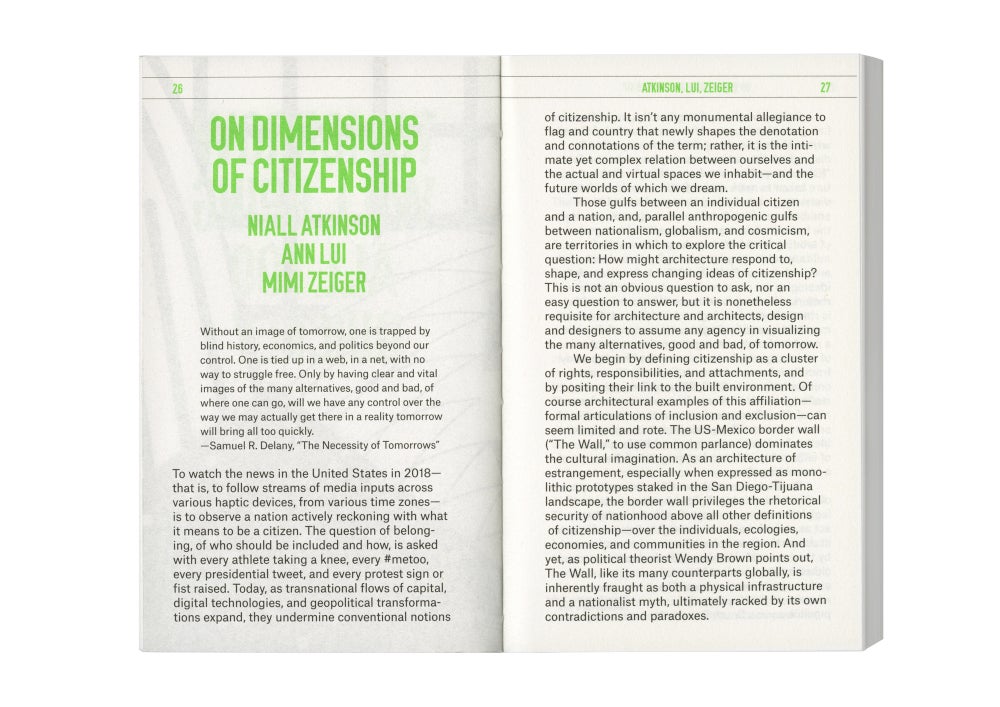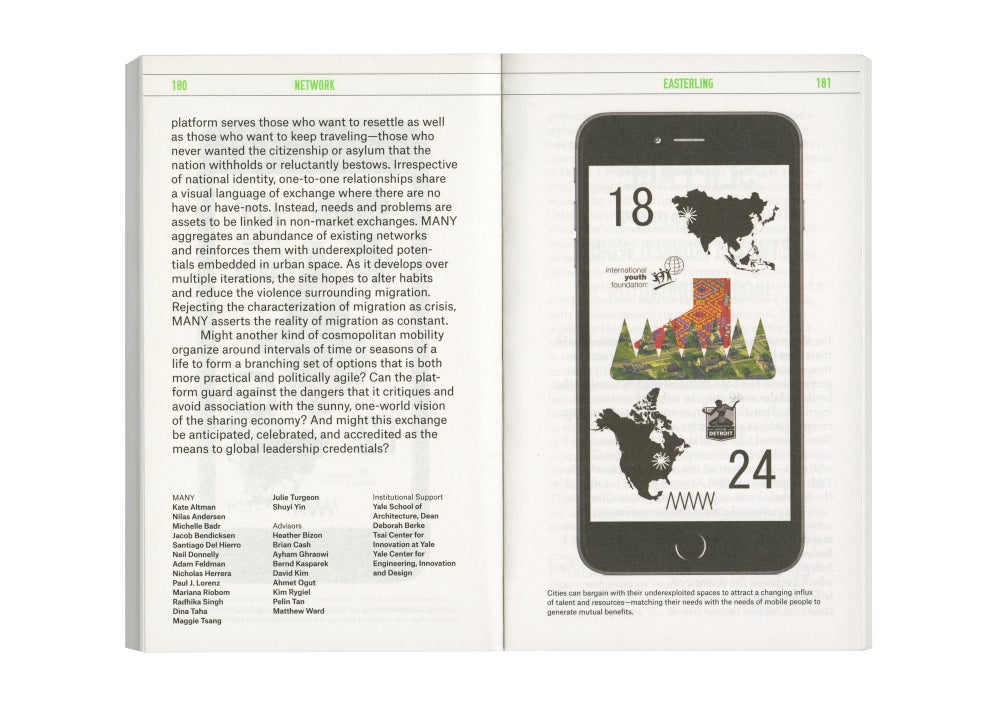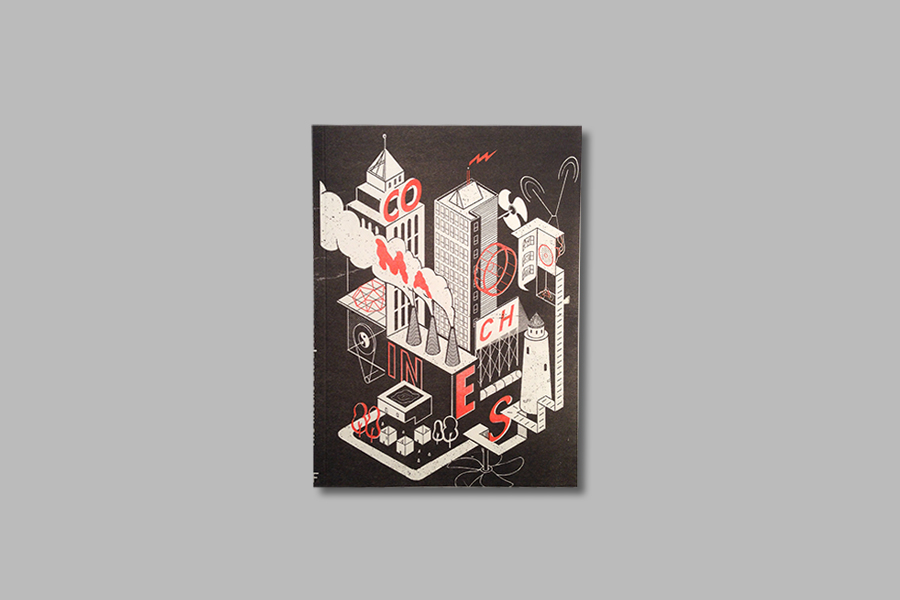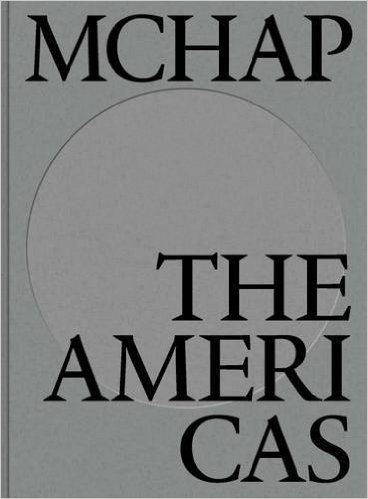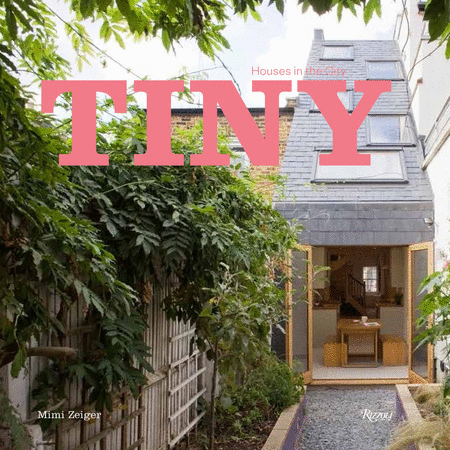The title of our first Opacity monograph: 33.3 This Point In Time, marks the completion of our first Opacity cycle. It is a sweeping publication rich with content, from beautiful imagery and compelling infographics to thought-provoking essays by esteemed writers and critics: Mimi Zeiger on Context; Alissa Walker on Form; Susan Szenasy on Materials; Aaron Betsky on Program; Katie Gerfen on Space; and Chrysanthe Broikos on Sustainability.
Edited by Jenna M. McKnight, this monograph looks to both the past and the future; it also looks inward by exploring the people who make up the firm’s vast architectural practice. As this book makes evident, we are composed of many distinct threads that are woven together to form a powerful collective. The Opacity program celebrates the diversity of this collective, while underscoring the shared goal of design excellence.
